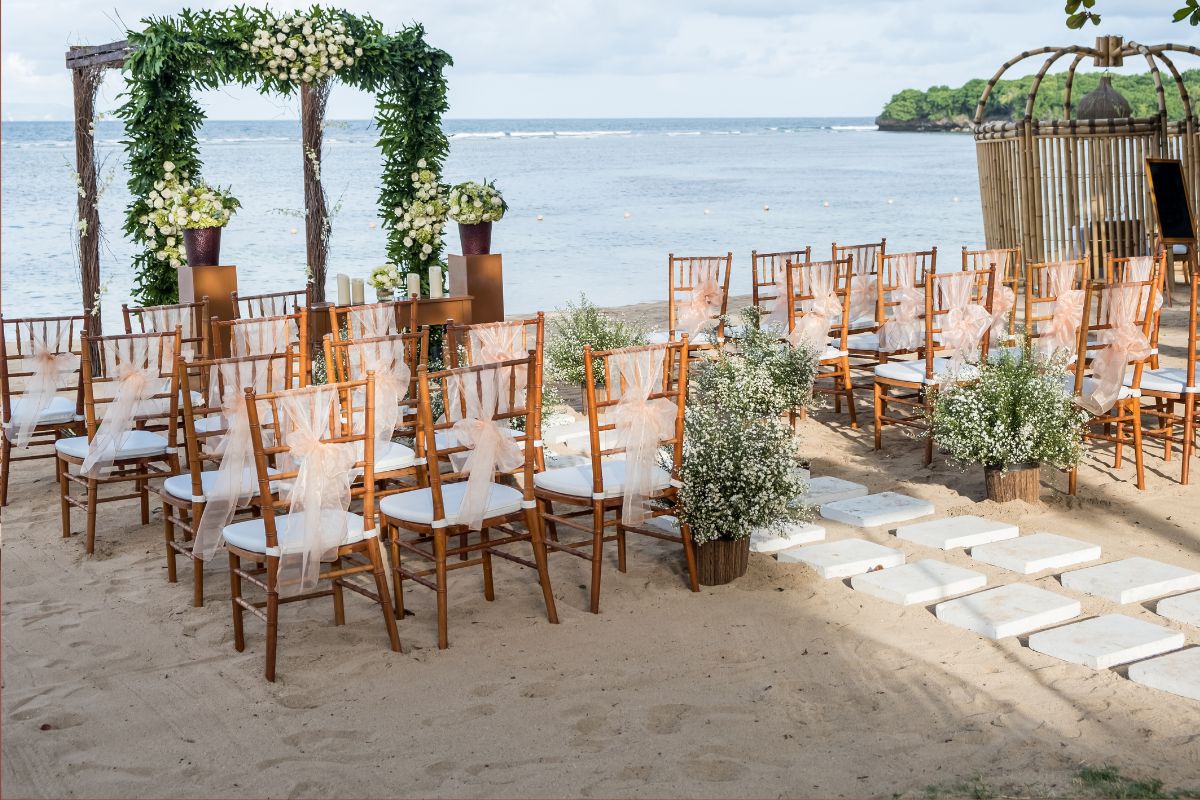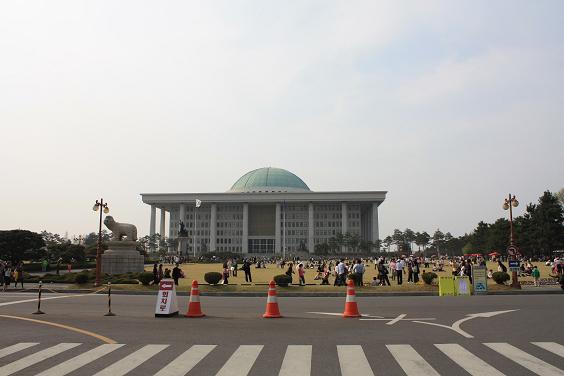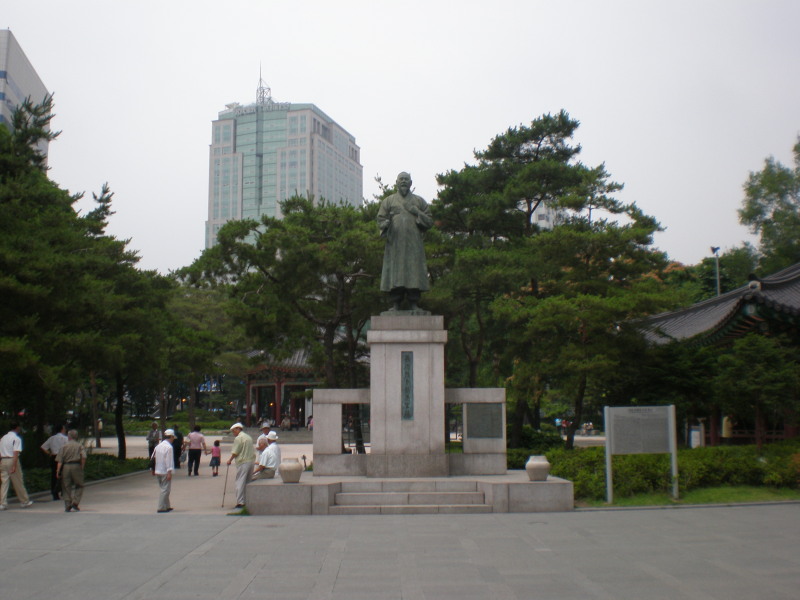10 Unique Wedding Traditions from Around the World to Inspire Your Big Day

Summary:
- Look into 10 fascinating cultural wedding traditions to ensure your ceremony is memorable.
- Study how global customs highlight the importance of teamwork, affection, and shared values.
- Great for wedding ceremonies planned at home or in other countries.
To many, the wedding day represents a major life moment, and going outside of traditional customs can result in memorable and individual experiences. Planning a wedding, no matter where it is, can be richer and more special by adding wedding traditions from different places.
“Following various wedding practices gives couples the chance to add personal touches to their ceremony and better appreciate how love is seen in other cultures,” states Dr. Clara Mendoza.
Below are 10 different wedding customs from across the world that you may choose for your celebration, wherever it happens.
1. India: Holding Special Meaning- The Mehndi Ceremony
Many associate Indian weddings with bright colors, live music, and symbolism. Before the wedding, the Mehndi ceremony sees the bride and family guests having their hands and feet decorated with intricate henna patterns.
Henna stands for joy, spiritual enlightenment, and attractiveness. Many also believe that the dark stain is a sign of a couple’s closeness and love.
As Anjali Verma, a well-known New Delhi bridal stylist, puts it, henna is seen as a blessing rather than only a form of design, offering the bride protection and wishing her abundant fertility and good fortune.
For a destination wedding in a lively place, this ceremony adds a fun and inclusive feeling to the journey.
2. Scotland: The Tradition of “Whitening the Bride”
Scottish Highlanders have a funny custom called the Blackening of the Bride. Friends and family surprise the bride (and sometimes the groom) by throwing soot, feathers, flour, and other messy materials at them.
Although it may not make sense initially, the ritual is a sign of the many challenges and capabilities the couple may have as a married couple. Even though it’s a mess, it is meaningful because of a lot of laughter.
The Scottish Wedding Directory explains that the tradition started in the 19th century and is still practiced in rural areas today.
3. Event: San-San-Kudo Ritual
Japanese Shinto weddings include the meaningful San-San-Kudo ritual, which involves movements nine times side by side. The couple sips sake from each of three cups to signify the joining of two families.
According to Hiroshi Takahashi, a wedding officiant in Kyoto, “It’s also a merging of families, personal backgrounds and bloodlines, not just two people.”
The meaning behind nine—prosperity and long lives—gives this ceremony extra significance to couples who wish for a special and unified ceremony.
4. In Mexico, Lazo is the traditional ceremony.
A lazo, a cord or rosary, is wrapped around the bride and groom’s shoulders in a figure-eight after exchanging their vows during Mexican weddings.
By doing this, couples demonstrate their unity and love, and their godparents, called “padrinos,” usually perform the ceremony.
Father Miguel Rojas, from Mexico City, indicates that marriage puts into perspective that having a husband or wife involves both religious and legal links.
It is an appealing way for couples to blend religion and family into their wedding.
5. Greece: The Ceremony of the Crown
At Greek Orthodox weddings, the main ceremony is called the Stefana, or crowning. The bride and groom each wear a gorgeous crown, which is linked by a ribbon and represents their marriage’s honor and glory.
Afterward, the couple goes around the altar three times together, performing the Dance of Isaiah, which represents their first steps as husband and wife.
“The crowns are a way to show the honor and glory of God given to the couple during their wedding,” says the Greek Orthodox Archdiocese of America.
6. In China, door games are the main element of CNY
The Door Games are an important and modern part of Chinese weddings. The groom’s first task before seeing the bride is to complete fun tasks set by the bridesmaids.
Some of these games are funny, but they are meant to show how much the groom wants his bride to love and accept him.
Linda Zhang, a wedding planner in Shanghai, says door games make celebrating love easier and more fun.
7. South Africa is the site of the Unity Flame Ceremony
Couples in South Africa’s Christian and interfaith weddings are often part of the Unity Flame ritual. Every family lights a candle, and the bride and groom take those flames to light a single large candle together.
Bringing in the unity flame gives the entire event a serene and meaningful feeling. It looks straightforward but has profound significance, says Reverend Thabo Mahlangu.
This touching ceremony represents two families uniting, a powerful image for blended or multicultural families.
8. Filipino: The Ritual of the Veil and Cord:
A typical part of Filipino weddings is the veil-and-cord ritual, in which sponsors put a white veil over the couple to signify unity and then a figure-eight cord to show that the couple will always stay faithful to each other.
In the words of Maria Lopez, a researcher for the National Commission for Culture and the Arts Philippines, “Bowing is much more than a formal ritual; it also builds our communities.”
Many Filipino couples continue to have their wedding reception after the ceremony, even if they hold their wedding somewhere far away to honor their roots.
9. Baumstamm Sägen (Log Sawing) is practiced in Germany.
Right after the wedding in Germany, couples participate in a log sawing ceremony together. The bride and groom use a large saw to cut through a log as a team activity.
They show how marriage teams work together through the challenges they face and must overcome together.
According to The Knot, participating in this tradition teaches people to cooperate, and it is now a well-liked choice for those planning rustic-themed weddings.
10. Morocco has a long tradition of the Hammam Ritual.
Every Moroccan bride undergoes a luxurious and spiritual hammam ritual before her wedding. This involves taking a bath, using beneficial oils, and praying, all guided by female family and friends.
“The hammam helps women change from being girls to being women,” explains Fatima Zahra Bougroun, a well-known Moroccan beauty expert.
A spa treatment before the wedding brings peace and could add something special to a romantic destination wedding.
Importance of These Traditions:
Couples now value individual touches and cultural elements more when planning their weddings. A survey conducted by The Knot in 2023 discovered that close to half of couples (41%) brought traditions from their families, up from the past decades.
A memorable tradition lets guests remember the celebration even after the ceremony.
If you plan a multicultural wedding, honor your family’s roots, or choose a unique wedding abroad, adding international traditions gives meaning and creates lasting memories.
Conclusion:
Adopting customs from worldwide weddings isn’t just mimicking them; it’s choosing ways to show unity, happiness, and commitment to fit your moments. In Japan, raising sake and in Germany, cutting a log both show the importance of love, family, and lasting partnership.
During your wedding planning, consider traditions that represent what is special between you. Love is something shared by everyone, but the ways we mark it are as varied as our cultures.



